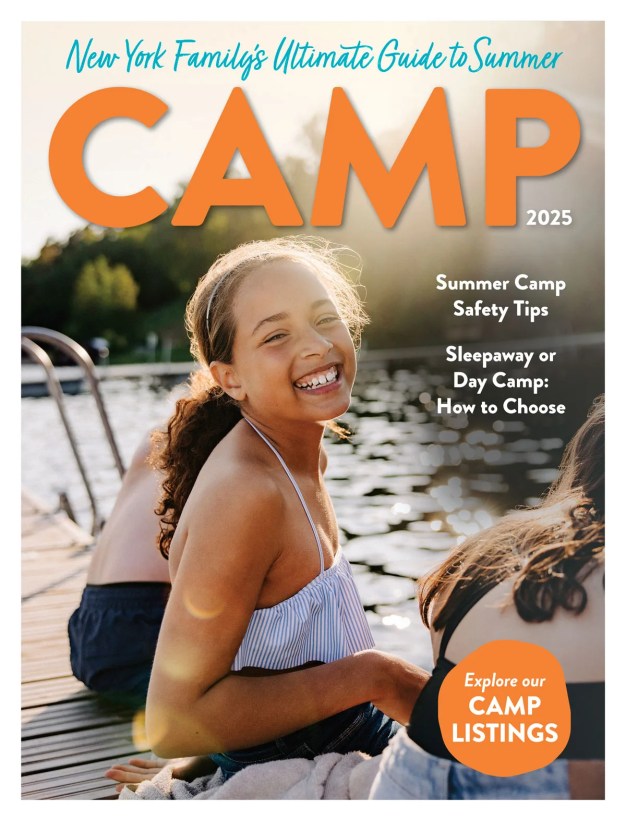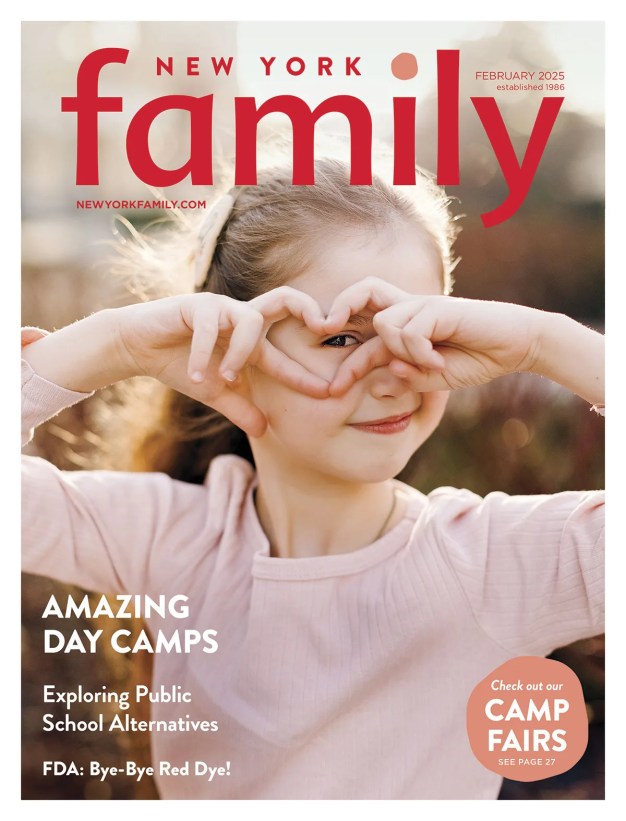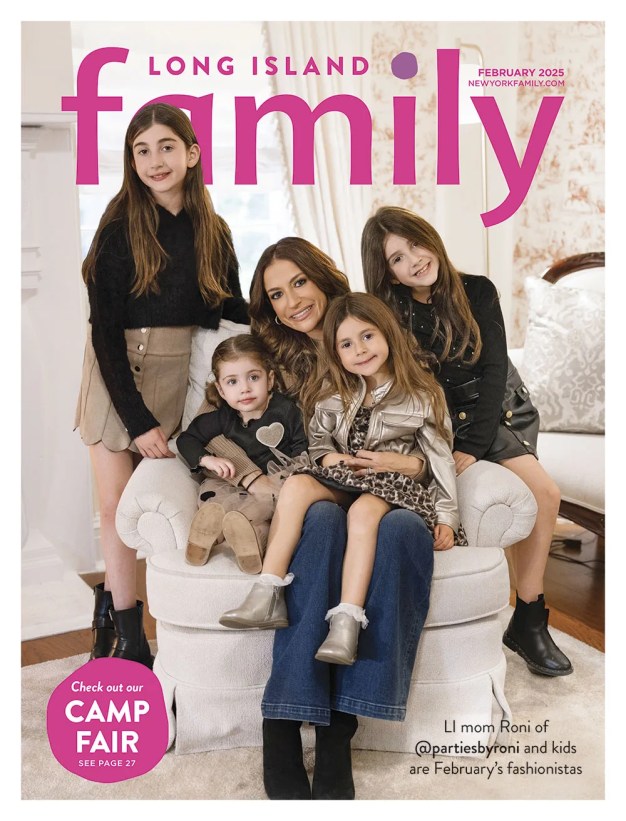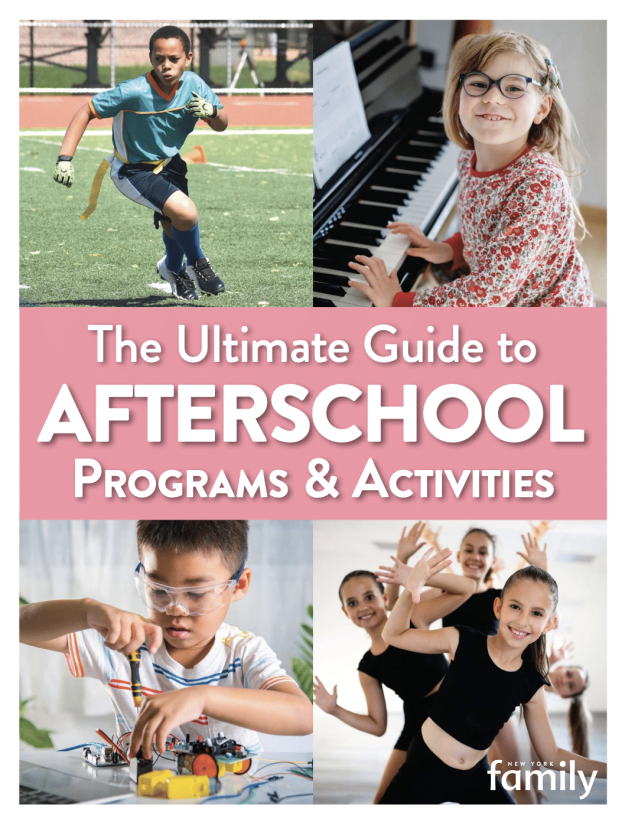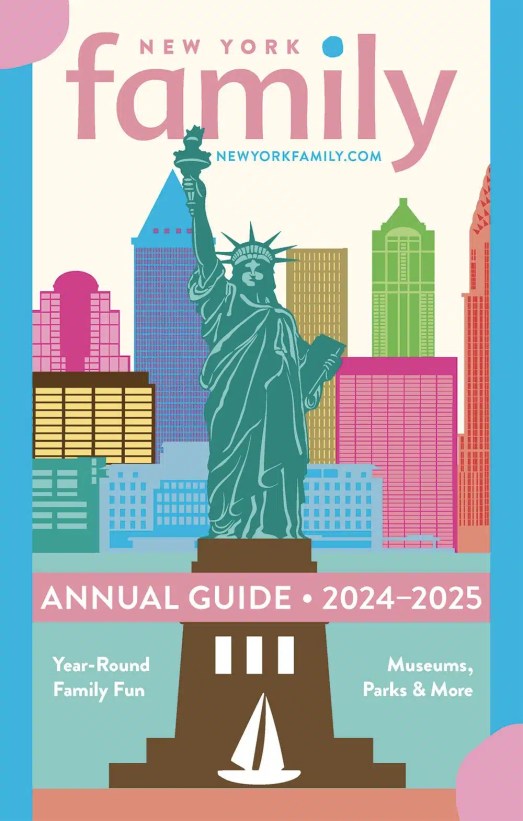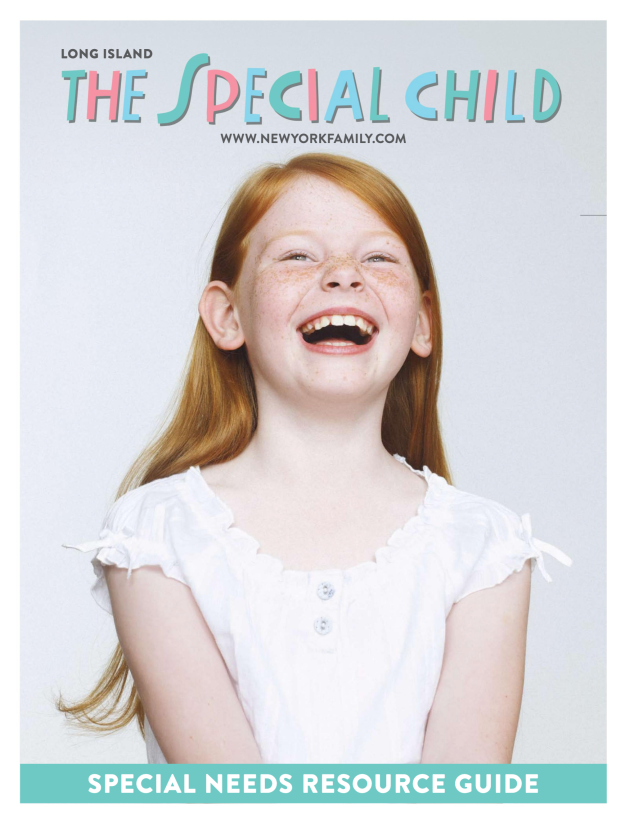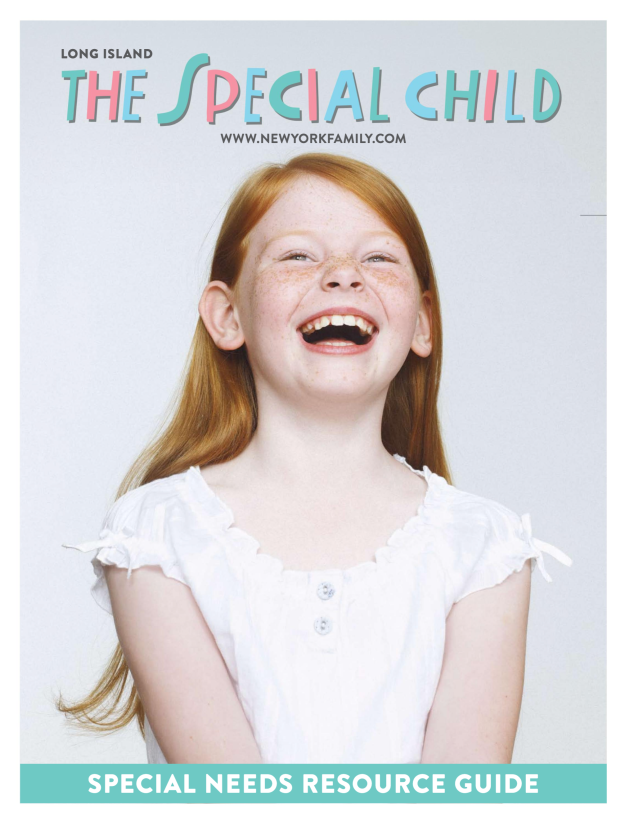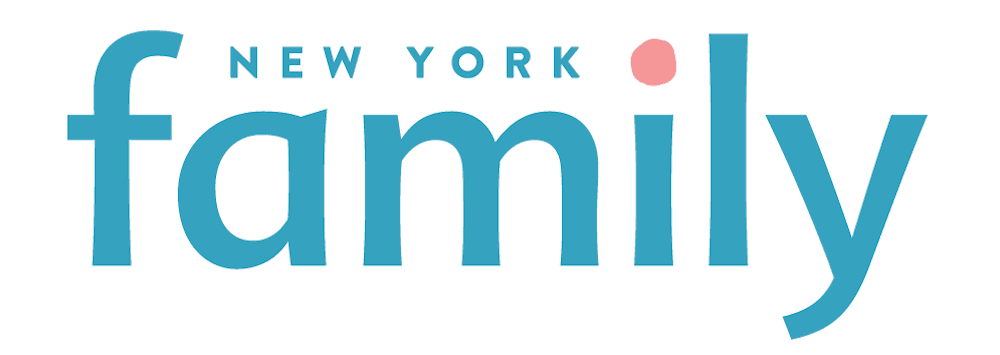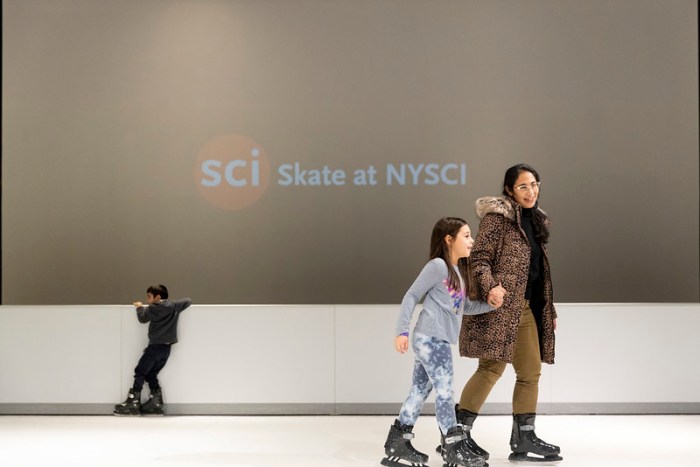 The first thing I wondered when I heard that that the New York City Department of Education had announced major changes to admissions for Gifted & Talented (G &T) programs was whether the information was presented in clear way on the DOE website, or was likely to confuse parents.
The first thing I wondered when I heard that that the New York City Department of Education had announced major changes to admissions for Gifted & Talented (G &T) programs was whether the information was presented in clear way on the DOE website, or was likely to confuse parents.
Good news. In my estimation, the DOE has done an excellent job of explaining the changes and the follow-up steps that interested parents need to take.
I encourage you to review the key points below, and then to peruse the DOE presentation carefully—and take special note of deadlines, if you’re applying this year for September 2013.
- They are adding a new test of “non-verbal” aptitude called the Naglieri (NNAT2), which will count for two-thirds of a tester’s total score.
- The “verbal” aptitude test, Otis Lennon (OLSAT), continues to be part of the overall exam, and will count for 1/3 of the total score.
- The deadline to submit applications is November 9, and you can submit them online.
- As in recent years, the tests will be administered in January and February; they are both multiple choice tests, and they will given by a proctor in a one-on-one format, with the proctor reading the questions to the student.
- The sibling policy has changed. In the past, siblings who made the cut-off for the G & T programs were given priority over other children, even if the siblings had lower grades. That’s abolished. A higher grade trumps a sibling connection. But the same grade (a tie) goes to the sibling.
- One more big change: The city is no longer promising that they can guarantee a spot to anyone who makes the cut-off. They don’t have enough G & T programs, so there are no more so-called guarantees.
What else?
- To qualify for the city-wide G & T schools, a student needs to score in the 97th percentile or above.
- To qualify for the district-wide G & T programs, a student needs to score in the 90th percentile.
- There are five city-wide G & T schools. They are Anderson (Upper West Side), NEST (Lower East Side), Brooklyn School Of Inquiry (Bensonhurst), TAG (East Harlem), and STEM (Astoria). (Find out more about them at the DOE Website or at Inside Schools).
Most of the other programs are administered district-wide, and are embedded in regular neighborhood schools. The exceptions are district programs that are whole schools themselves (like Lower Lab).
Special Note: Like the city-wide programs, Hunter Elementary School is one of the most prestigious public G & T schools in the city. But the school is administered by Hunter College, and it has its own admissions rules, separate from all schools under the DOE direct mandate. For more info on Hunter, visit hces.hunter.cuny.edu
What should you think about all of this?
Tests for G & T programs are IQ tests, and IQ tests are supposed to test for innate intelligence. In theory, test prep should not matter. In reality, it often seems to make a difference. In recent years, the percentage of students qualifying for the G & T cutoff has grown, and the perception (probably accurate) is that more and more students are being tutored for the test. Another result, probably related, is that the percentage of minority students qualifying for G & T programs has gone down.
The implementation of the Naglieri portion is an attempt at making the system fairer. It is supposedly a harder, if not impossible, test to prep for. We shall see.
In the meantime, the DOE website explains in more detail what the two tests (Naglieri and Otis Lennon) are all about, and distributes a practice book with sample questions for each. They are also planning community nights to answer questions that parents may have.
The website has a good list of related resources for families with gifted children.
I would also encourage interested parents to check out P.A.L. (Parents Of Accelerated Learners), which was started by local parents.
Keep in mind that there are two private schools with G & T mandates: Speyer Legacy and the Lang School, a new school for the twice gifted (kids with high IQs and special needs).
Good Luck!
Eric Messinger is Editor of New York Family. He can be reached at emessinger@manhattanmedia.com
